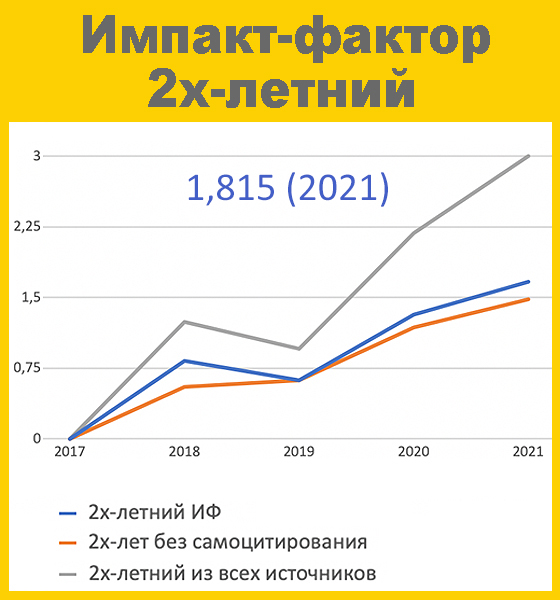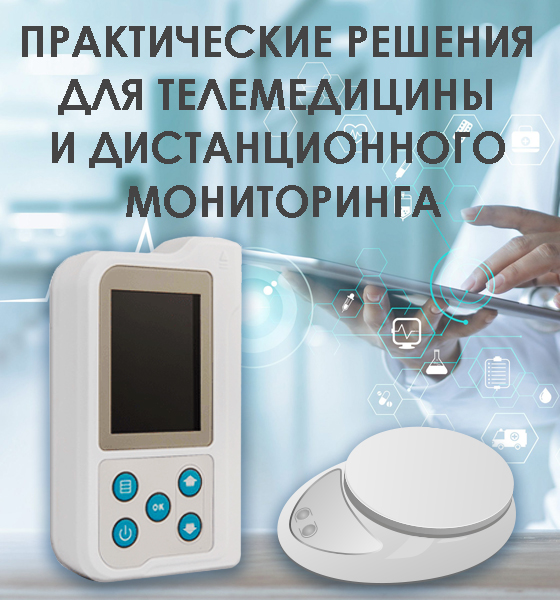Systematic review of efficiency and significance of wearables for a medical practice
 12846
12846 Efficiency of wearables in health care still has to low evidence. There are 4,0% of prospect randomized trials and 12,0% of diagnostic studies only.
An iImbalance between “technical” and “medical” points of wearables are still clearly viewed. A majority of articles dedicated to fitness-trackers (38,0%), wearables with inertial sensors (20,0%), ECG devices (12,0%). Wearables are uses in different areas of health care, but most often in: preventive medicine and nutritiology (30,7%), mental medicine and neurology (17,3%), internal diseases (16,0%), rehabilitation (13,3%). Declarative demonstrations of a different kinds health wearables should to be removed by well backgrounded scientific researches.
Conflict of interest. The author declare no conflict of interest
| Attachment | Size |
|---|---|
| Download | 268.5 KB |


















































